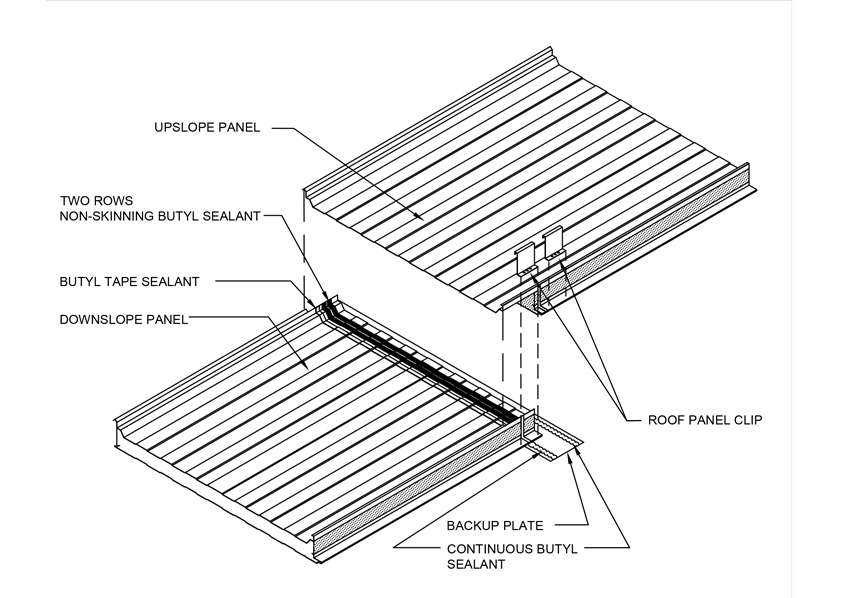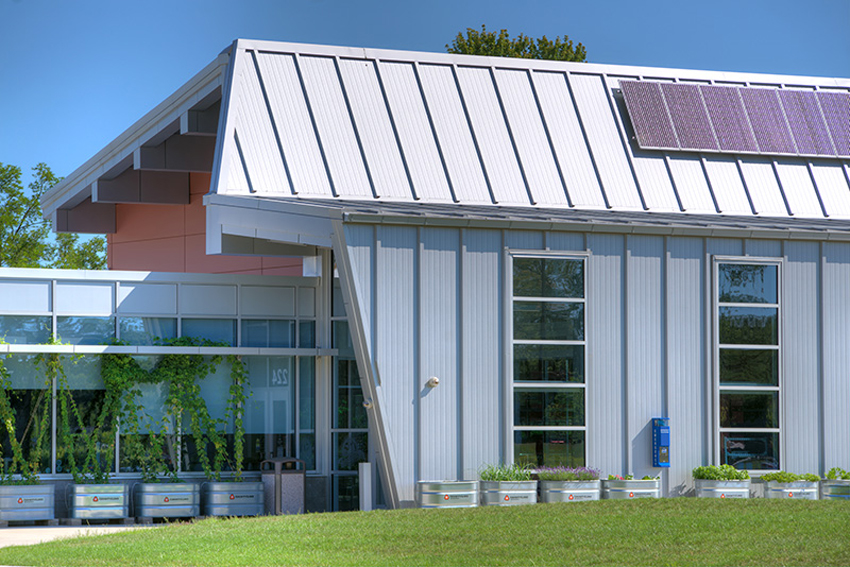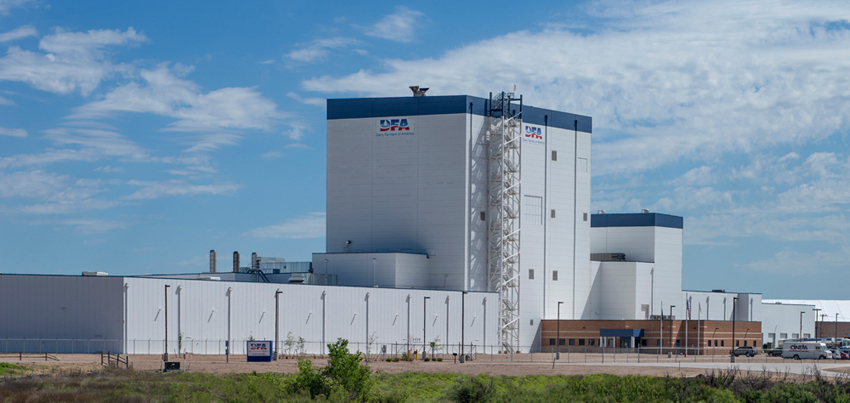The Advantages of an IMP Roof

Image courtesy of Kingspan Metal Panels
Fast Installation
Another benefit of selecting an IMP roof is the speed with which it can be installed. Instead of the multi-piece field-assembled metal systems or built-up roof systems that require the addition of several individual layers and components, the IMP roof system installation is comprised of basically one installation step. The panel contains the exterior face, the insulation, the air and water barriers, and an interior face. Installers only need to install the panel. Now this is a rather simplified explanation, but it does correctly convey the comparative simplicity of the different installation processes.
This quicker installation results in labor cost savings and dramatically shorter project schedules. It also allows the inside finish work to begin sooner. Let’s take a closer look at how these panels are installed and how they are able to offer such a time-saving benefit.
The first step in the process is getting the panels to the elevation of the roof. Numerous lifting methods are available, but suction lifters are the safest and most efficient method.
One item to note about IMP roof panels is that thermal expansion is accommodated by thermal bow which induces thermal stress. Because IMPs are a composite sandwich with both the interior and exterior facings bonded to the core, there is no significant linear differential expansion between the interior and exterior facings. Instead, the expansion of the panel is distributed among the individual spans as curvature, called thermal bow, rather than linear expansion. Because the overall panel does not significantly elongate or contract, there is no need to install an insulated metal roof panel with slotted clips. Thermal bow does not adversely affect the performance of the panels in a properly detailed system.
One step that is unique to IMP installation is the creation of an end lap. An end lap can be necessary when the length of the panel installed at the perimeter of the roof must be adjusted to perfectly fit the size of the roof. To create an end lap, installers will typically cut away the inner facing (liner) and foam core, leaving a nominal exterior facing extension that will then lap over the lower panel. The length of the extension and end lap is dependent on the slope of the roof and the panel profile. The end lap joints are caulked and fastened according to the roof panel manufacturer’s recommendations.











